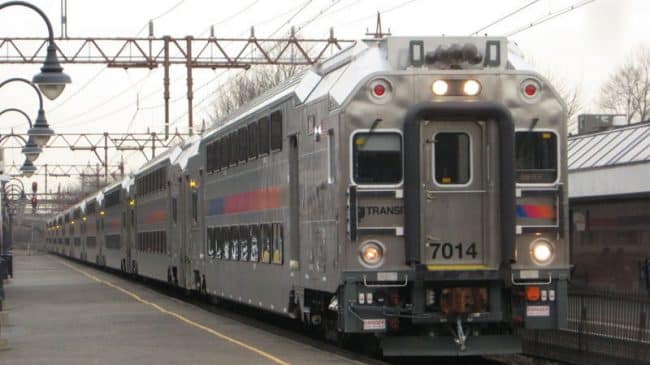Reason Foundation is highlighting six national surface transportation policies that need to be changed. Past posts detail the problems with the TIGER grants program and the need for MPOs to analyze whether their long-range transportation plans reduce congestion. Today’s one-pager concerns an obscure federal loan program called RRIF-the Railroad Rehabilitation and Improvement Financing program, created by Congress in 1998 primarily to aid short-line railroads in financing modest improvements. That was also the year Congress created the TIFIA loan program, which I have long supported. TIFIA is prudently managed by the Federal Highway Administration, but more important, Congress built in several taxpayer safeguards for TIFIA loans, none of which apply to RRIF. The full on-pager is available here.
As created by Congress, RRIF has up to $35 billion worth of loan-making authority, only a small fraction of which has been used thus far. Since the legislation did not specify its applicability only to short-line railroads, Amtrak has taken advantage of it a couple of times, and a California start-up called XpressWest several years ago applied for a $5.5 billion RRIF loan, which was nearly the total estimated cost of its proposed high-speed rail line from Victorville, CA to Las Vegas. That project was vetoed only after a highly critical Reason Foundation study led to the intervention of several members of Congress.
TIFIA’s taxpayer safeguards include limiting a TIFIA loan to a fraction of the project budget (originally 33%, but unwisely increased to 49% two years ago by Congress), requiring primary (non-TIFIA) financing to be investment-grade, and requiring documentation of a dedicated revenue stream to pay the debt service on the loan. My brief calls for adding similar taxpayer protections to the RRIF program.
The importance of adding these safeguards was highlighted last week when a bipartisan Amtrak bill was introduced in the House. Its section on rebuilding the Northeast Corridor calls for dedicating 40% of RRIF money to this purpose. Maybe I’ve missed something, but without taxpayer safeguards such as a 33% limitation and requiring an investment grade rating on a project’s senior debt, and without a reliable revenue stream to pay back the loans, there is a high probability of these RRIF loans turning into de-facto grants. The full one-pager is available here.

